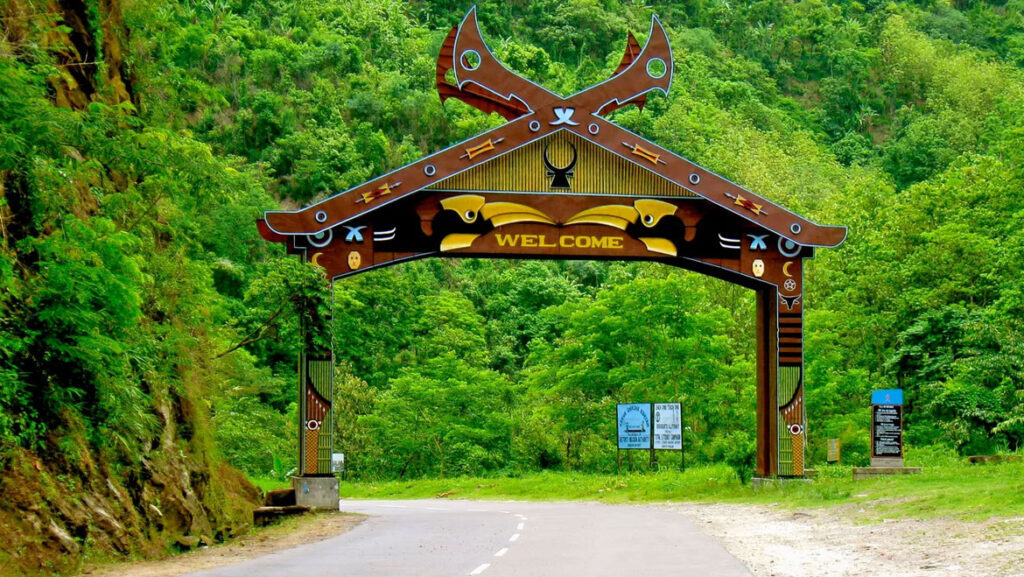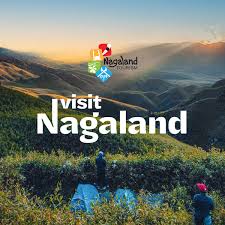
Introduction
Nestled in the farthest northeast corner of India, Nagaland is a land of mystique, vibrant traditions, and untamed beauty. Known as the ‘Land of Festivals’, this small yet culturally rich state is home to 16 major tribes and many sub-tribes, each with its unique heritage. From headhunting ancestors to global music festivals, from smoky bamboo kitchens to sacred hills, Nagaland offers an unforgettable experience that blends ancient traditions with modern expressions.
1. Origin and Historical Background
The people of Nagaland are believed to be descendants of the Mongoloid stock, who migrated from Southeast Asia centuries ago. The Naga tribes lived in isolated, self-sufficient villages and practiced oral traditions until British rule introduced written scripts and Christianity in the 19th century.
Key historical milestones:
Became a separate state of India on 1st December 1963.
Witnessed decades of insurgency and demand for independence, leading to peace talks between Naga groups and the Indian government.
Today, Nagaland maintains a special constitutional status under Article 371(A), giving it autonomy over customary laws and traditions.

Culture and Tribes
2. Nagaland’s soul lies in its tribes. Major tribes include Ao, Angami, Sumi, Lotha, Konyak, Chakhesang, and Phom, among others. Each tribe has:
- Distinct dialects, dresses, and architecture.
- A strong tradition of oral history, folklore, and wood carving.
- Traditional community living in morungs (dormitories) and celebrating warrior culture.
A strong Christian influence (especially Baptist) has shaped modern Naga identity, but tribal rituals and customs are still preserved with pride.
3. Festivals of Nagaland

Nagaland is famously called the “Land of Festivals”, with nearly every tribe celebrating their harvest and social rituals through music, dance, and food.
- Hornbill Festival (December): The most famous, held in Kisama, showcases all tribes through dance, crafts, fashion shows, rock music, and more. It’s a fusion of tradition and tourism.
Moatsu Festival (Ao Tribe): Celebrated in May after sowing, involving songs, rice beer, and merriment.
Sekrenyi Festival (Angami Tribe): A purification and renewal festival held in February.
Tuluni Festival (Sumi Tribe): Celebrated with feasting and singing in July.
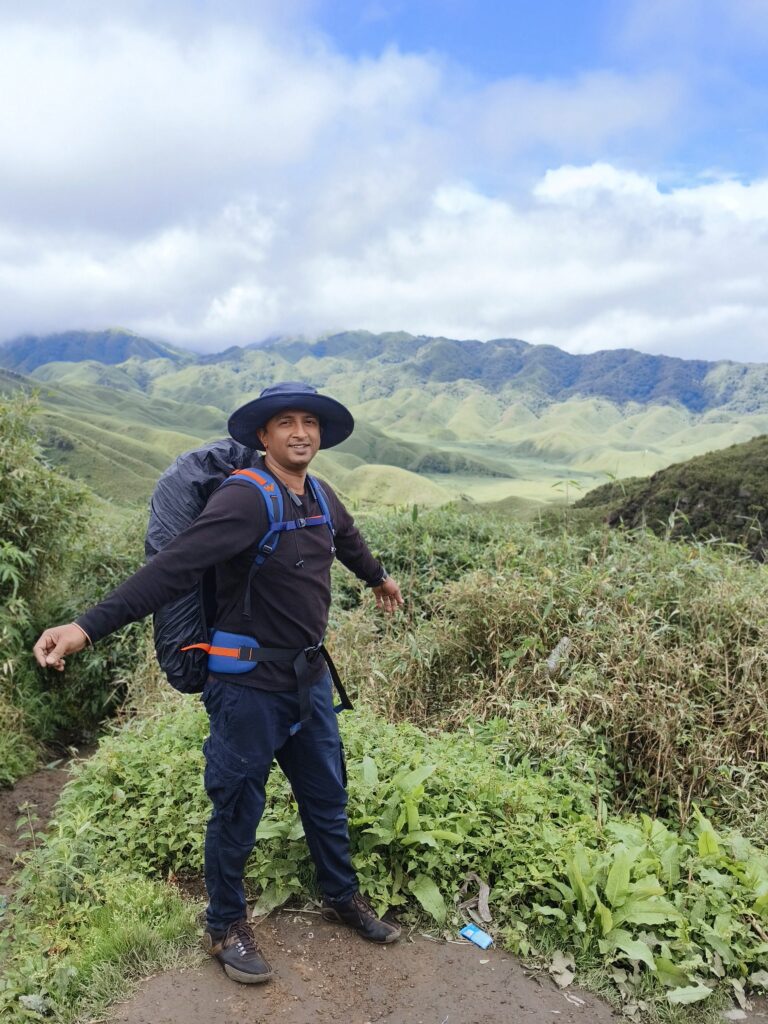
4. Cuisine of Nagaland
Naga cuisine is bold, flavorful, and deeply rooted in nature. It’s based on local herbs, smoked meats, fermented bamboo shoots, and hot Naga chillies.
Popular dishes:
- Smoked Pork with Bamboo Shoot
- Axone (fermented soybean) curry
- Dry Fish Chutney
- Galho (Naga porridge with rice and vegetables)
- Zutho – a local rice beer
Most meals are accompanied by wild greens and fermented items, reflecting the organic, forest-based lifestyle of the people.
5. Tourist Attractions in Nagaland
Despite being a less-traveled state, Nagaland offers stunning landscapes and unique cultural experiences.
Must-visit places:
- Kohima – The capital, home to the World War II cemetery and Kisama Heritage Village.
- Dzukou Valley – Known for its enchanting valley of flowers and peaceful treks.
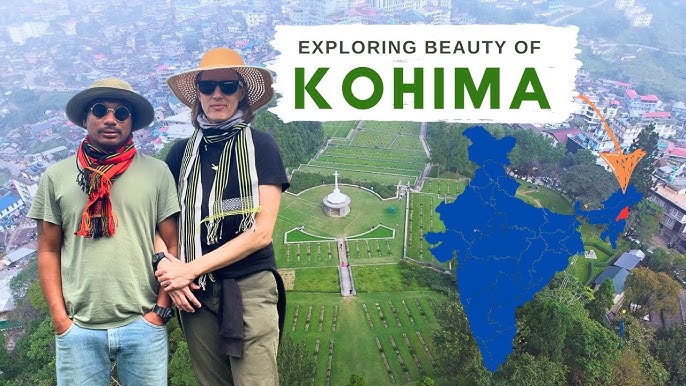
Mon District – Home of the Konyak headhunters with unique tattoos and traditional houses.
Mokokchung – Cultural heartland of the Ao tribe.
Touphema Village – A preserved traditional village experience.
Pfutsero – The highest and coldest town in Nagaland.
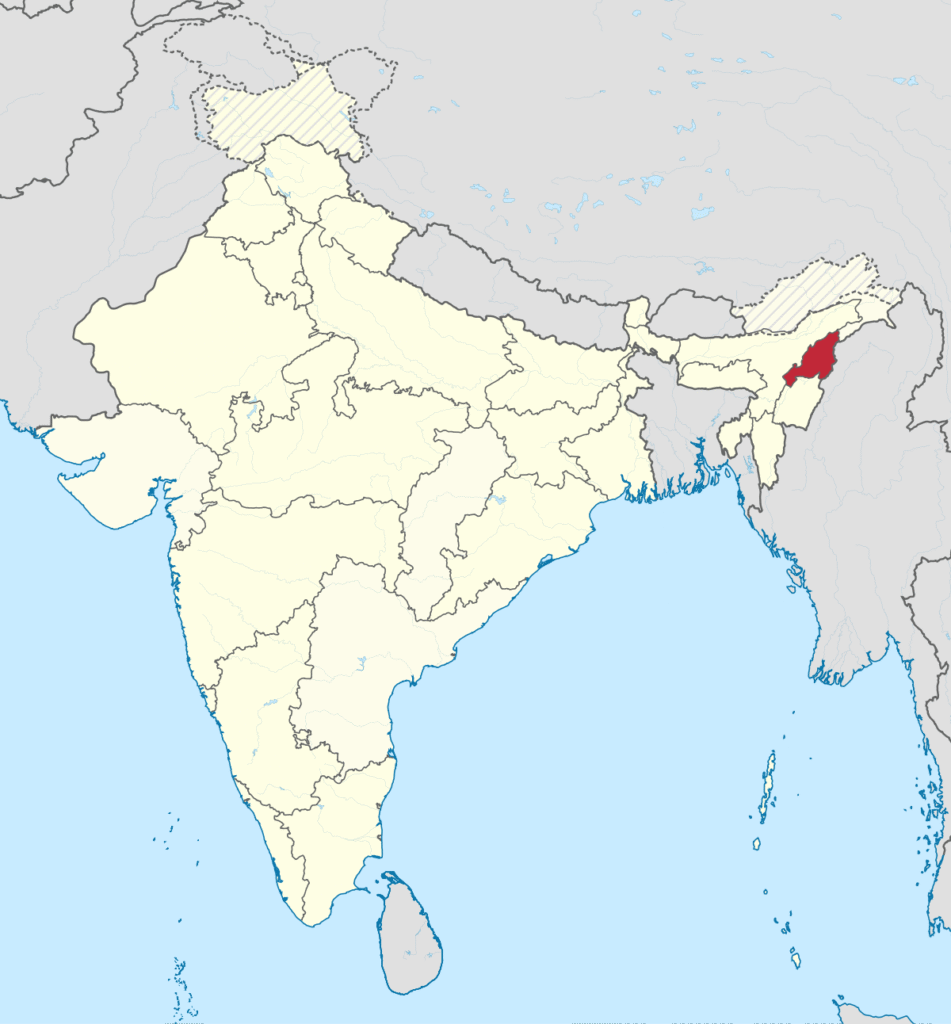
6. Politics and Governance
Nagaland’s politics are closely tied to tribal identity, autonomy, and peace talks with Naga insurgent groups.
Key facts:
- Nationalist Democratic Progressive Party (NDPP), allied with the BJP, currently governs the state with Neiphiu Rio as the Chief Minister (as of 2025).
- A unique aspect is the opposition-less government to support the Naga peace process.
- Naga Peace Accord talks with NSCN (IM) and other groups continue to shape political dialogue.
- Article 371(A) ensures customary laws and land ownership rights are protected.
The politics of Nagaland is not just electoral but also deeply linked to identity, autonomy, and a long-running desire for a peaceful resolution to decades-old insurgency.
7. The Road Ahead
Nagaland is slowly transforming:
- Urban youth are embracing entrepreneurship, music, and global culture.
- Efforts are being made to promote eco-tourism, handicrafts, and digital literacy.
- Peace talks, if successfully concluded, may usher in a new era of stability and economic growth.
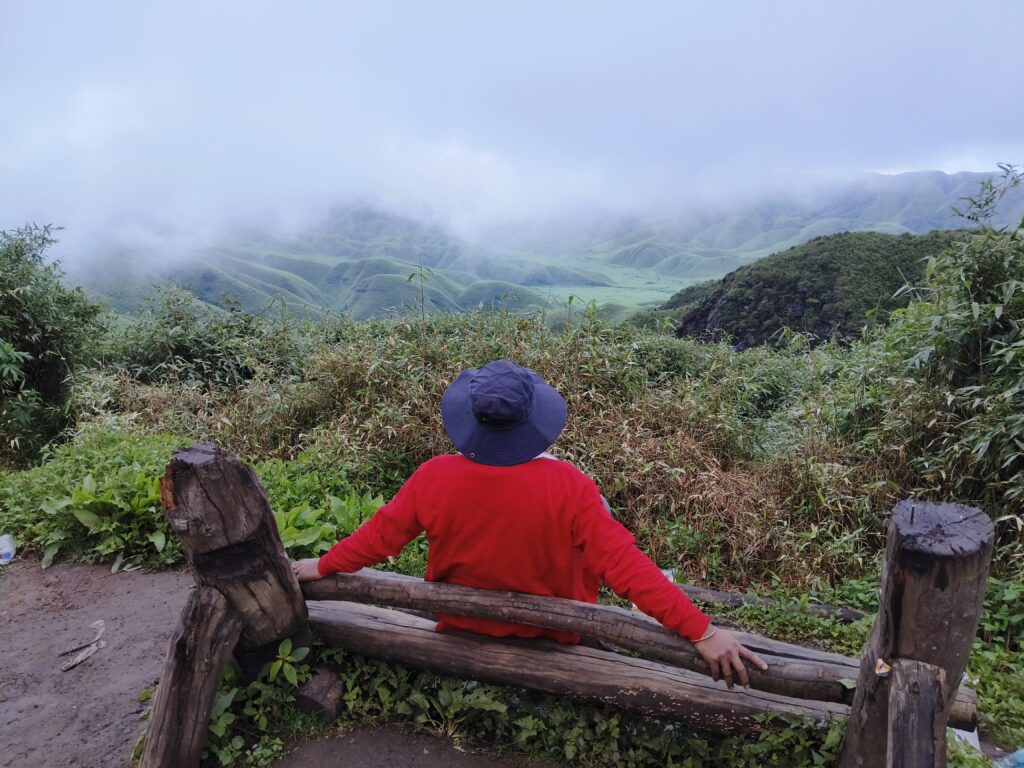
But challenges remain – from connectivity issues and unemployment to environmental protection and cultural preservation.
Conclusion
Nagaland is not just a state – it is a living museum of traditions, a symphony of tribes, and a canvas painted with forests, mountains, and soulful rhythms. While its past is layered with struggle and pride, its future holds promise. Whether you’re a traveler, historian, foodie, or political observer, Nagaland will leave you fascinated and humbled.
Have you visited Nagaland or experienced a Naga festival? Share your story with us in the comments below. Stay tuned to “India Through Assam” for more stories from the Northeast!
